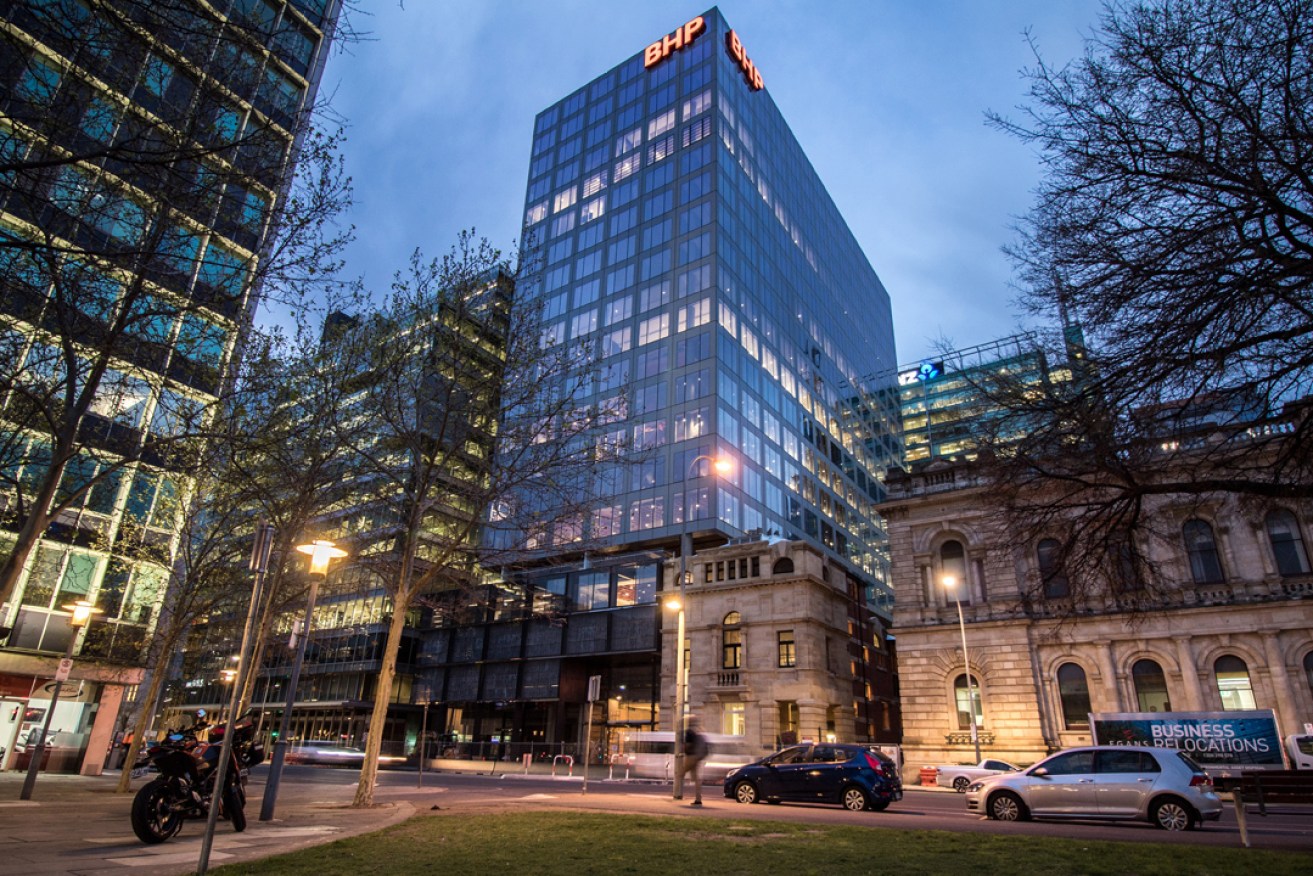Millennials key to keeping city offices full
Adelaide’s office vacancy rates are expected to take a hit in 2021, but property experts say millennials’ desire for workplace connection will drive future office demand.


Charter Hall's GPO redevelopment is among the prime Adelaide office space.
Luke Dixon, head of research with global investment management company AMP Capital, said he expected to see “elevated levels of vacancy across most of the major established markets” for the next 12 months.
However, he said the sector’s long-term success would be fuelled by businesses seeking to attract and retain innovative young thinkers into their organisations.
“One of the big structural shifts we’ve seen in the last 20 years from corporate Australia, and global corporations as well, is trying to attract millennials into their offices – they want a younger, next generation of talent to come in through their offices,” he said.
“One of the benefits that millennials get around the office – and why they’re so enthusiastic about it – isn’t because they want to sit around playing ping pong or having a free beer fridge or all of those simple things that we read about in the press.
“A lot of it is on the ground education. Sitting next to people who have been within their industry or been within their sector for 10, 20 years. They want to leverage that experience on site every day.”
Dixon’s comments followed a slight increase in Adelaide CBD office market vacancy from 14.0 to 14.2 per cent in the six months to July, which the SA Property Council attributed to supply additions.
The results from last week’s market report, showed there was also an increase in Adelaide City fringe vacancy from 14.2 to 14.4 per cent, driven by negative demand.
National CBD office vacancies increased from 8.3 to 9.5 per cent over the six months.
Office vacancies are calculated on whether a lease is in place for office space, not whether the tenant’s employees are occupying the space or working from home.
While the statistics captured a snapshot of the coronavirus pandemic period, Property Council SA executive director Daniel Gannon said upward pressure on vacancy rates caused by COVID-19 would not be seen until at least 2021.
“If companies are going to fail and if leases are going to subsequently be broken, then these vacancy numbers won’t show any of those trends until at least the start of next year and beyond,” Gannon said.
In a bid to ensure Adelaide remained a creative and liveable hub, despite the impact of the pandemic, last month Adelaide City Council called on InDaily’s 40 Under 40 alumni to workshop to share ideas to help reinvigorate the city post-coronavirus.
The event was part of the council’s strategy to prepare the city for a dramatic generational shift.
Adelaide Lord Mayor Sandy Verschoor said 75 per cent of all city workers would be millennials within 10 years .
Looking beyond the pandemic, Dixon said it would be key for businesses to balance physical safety with an “enriching growth environment that can attract and retain millennial talent”.
“Corporates have made it very clear that the talent war is very focused on that area. It’s a very important structural definition,” he said.
“While working from home has provided some flexibility, a lot of the younger people coming through our offices today are not benefiting from that collaboration. And as a result, they are not getting as an enriching experience from their employment.
“As a result, employers are going to have a challenge.”
He said he felt confident in a rebound in office space demand, which he believed would coincide with “structural workplace shifts”.
“But this isn’t necessarily negative for the office market,” Dixon said.
“I think those structural shifts will see floor space ratios, which had been getting very, very tight in the market – as low as seven or eight sqm per head – they may start to move out again, just as a safety precaution moving forward. You will see more enclosed workspaces as well for permanent offices.
“I think over the next 12 to 24 months we will see a lot of disruption in tenant behaviour as tenants get comfortable with the idea of flexibility, versus those who actively need collaboration.
“But one of the issues is they will have to confront is around the retention and attraction of new talent to their business.
“Corporates want millennials and millennials want workplace connection … that will be a continuing driver for space demand for offices but it will change the way we configure those moving forward.”
Want to comment?
Send us an email, making it clear which story you’re commenting on and including your full name (required for publication) and phone number (only for verification purposes). Please put “Reader views” in the subject.
We’ll publish the best comments in a regular “Reader Views” post. Your comments can be brief, or we can accept up to 350 words, or thereabouts.




